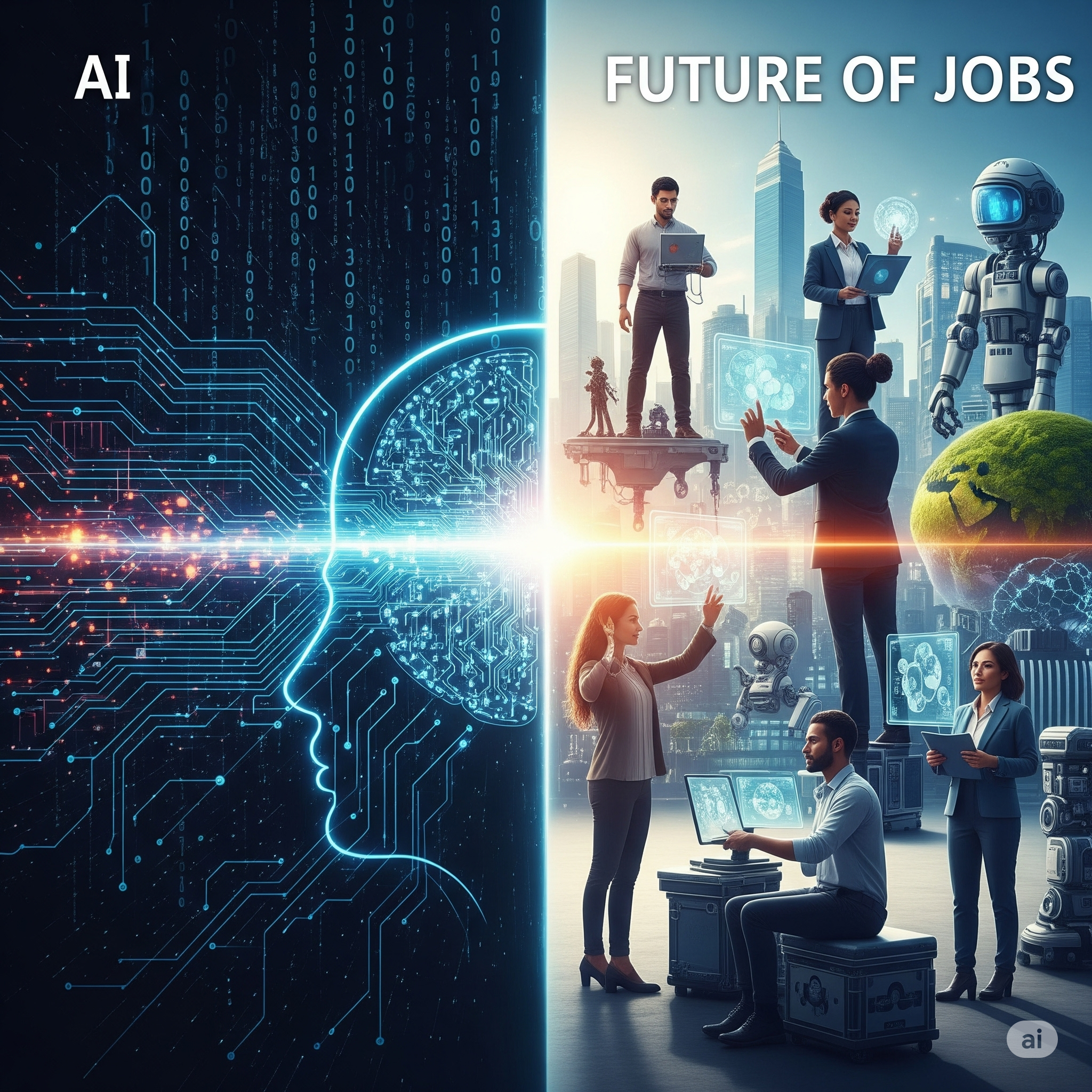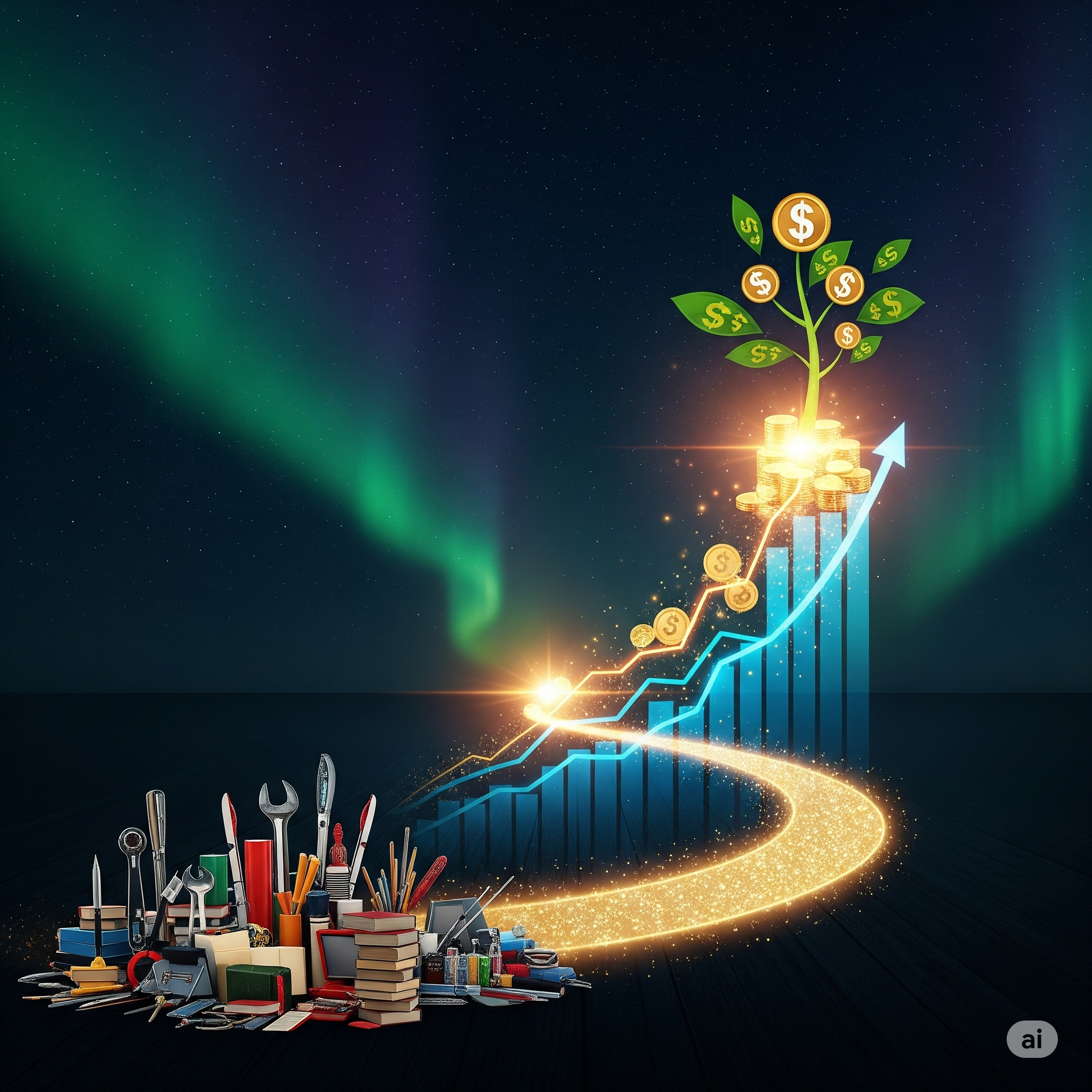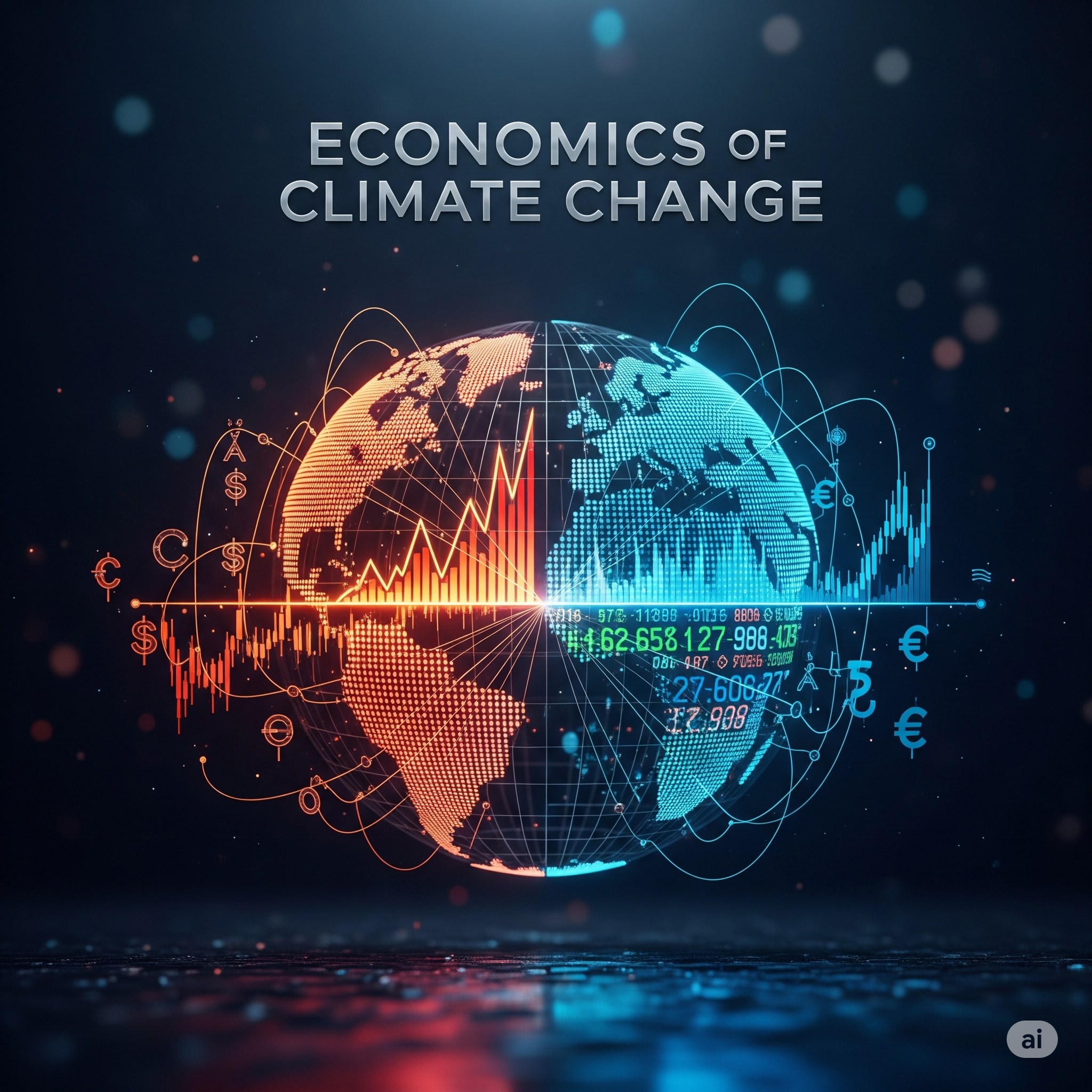Introduction
Economic stability is vital for the sustainable growth of any nation. Two critical phenomena that influence the health of an economy are inflation and deflation. Both affect purchasing power, production, employment, investment, and overall economic growth, but in opposite ways.
- Inflation refers to the rise in general price levels of goods and services over time, leading to a decrease in the purchasing power of money.
- Deflation is the decline in general price levels, increasing the real value of money but potentially slowing economic activity.
Understanding the causes, consequences, and policy responses to both is essential for students, policymakers, and businesses. This article explores inflation and deflation in detail, their economic impact, and strategies for managing them.
Understanding Inflation
Definition of Inflation
Inflation is the sustained increase in the general price level of goods and services over a period, typically measured annually. A moderate level of inflation is considered normal and even desirable for economic growth. However, hyperinflation can destabilize an economy.
Types of Inflation
- Demand-Pull Inflation:
- Occurs when aggregate demand exceeds aggregate supply.
- Common in rapidly growing economies where consumer spending, government expenditure, and investment rise faster than production.
- Cost-Push Inflation:
- Results from rising production costs, such as higher wages, raw material prices, or taxes.
- Producers pass increased costs to consumers, raising prices.
- Built-In Inflation (Wage-Price Spiral):
- Occurs when workers demand higher wages, and businesses raise prices to cover labor costs, creating a feedback loop.
- Occurs when workers demand higher wages, and businesses raise prices to cover labor costs, creating a feedback loop.
- Hyperinflation:
- Extremely high and accelerating inflation, often exceeding 50% per month.
- Typically caused by excessive money printing or severe supply shocks.
Causes of Inflation
- Excessive Money Supply: When central banks inject more money than the economy can absorb.
- High Consumer Demand: Rapid growth in consumer spending without corresponding supply.
- Rising Production Costs: Increased wages, energy, and raw material costs.
- Supply Chain Disruptions: Shortages of goods increase prices.
- Fiscal Deficit: Government borrowing leading to higher money supply.
Measurement of Inflation
Inflation is measured using price indices:
- Consumer Price Index (CPI): Tracks prices of a basket of consumer goods.
- Wholesale Price Index (WPI): Measures prices at the wholesale level.
- Producer Price Index (PPI): Tracks prices of goods at production level.
Consequences of Inflation
Positive Consequences
- Moderate Economic Growth: Encourages spending and investment as money loses value over time.
- Reduction in Real Debt Burden: Debtors benefit because loans are repaid with money of lower purchasing power.
- Incentive for Production: Producers may increase output to benefit from higher prices.
Negative Consequences
- Reduced Purchasing Power: Consumers can buy fewer goods with the same income.
- Income Inequality: Fixed-income groups suffer more, while asset holders benefit.
- Uncertainty in Investment: High inflation makes business planning difficult.
- Erosion of Savings: Value of money in banks decreases in real terms.
- Cost-Push Effects: Wage-price spirals can destabilize the economy.
Understanding Deflation
Definition of Deflation
Deflation is the sustained decline in the general price level of goods and services. While falling prices may seem beneficial, persistent deflation can indicate weak demand and economic stagnation.
Types of Deflation
- Demand-Deficient Deflation: Caused by a decrease in aggregate demand due to economic slowdown or recession.
- Supply-Side Deflation: Arises from improvements in productivity or technological advances, reducing production costs.
- Debt-Deflation: Occurs when high debt leads to reduced spending, lowering demand and prices.
Causes of Deflation
- Decline in Aggregate Demand: Reduced consumer and business spending.
- Excess Supply: Overproduction relative to demand.
- Monetary Contraction: Reduced money supply or high-interest rates.
- Technological Advancements: Lower production costs leading to falling prices.
- Global Economic Shocks: International recessions reducing export demand.
Consequences of Deflation
Positive Consequences
- Increase in Purchasing Power: Consumers can buy more with the same income.
- Reduced Cost of Living: Essential goods become more affordable.
- Encourages Savings: Money value increases over time, benefiting savers.
Negative Consequences
- Economic Slowdown: Falling prices discourage spending and investment.
- Rising Unemployment: Businesses cut production and labor due to lower revenues.
- Debt Burden Increases: Debtors repay loans with more valuable money, increasing default risk.
- Deflationary Spiral: Reduced demand leads to further price declines, worsening the economy.
- Weak Investment Climate: Low returns discourage business expansion.
Inflation vs Deflation: Key Differences
| Feature | Inflation | Deflation |
|---|---|---|
| Definition | Rise in general price levels | Fall in general price levels |
| Effect on Money Value | Decreases purchasing power | Increases purchasing power |
| Cause | Excess demand, rising costs | Weak demand, excess supply |
| Economic Impact | Can boost growth if moderate | Often leads to recession |
| Impact on Debtors | Beneficial | Harmful |
| Impact on Creditors | Harmful | Beneficial |
| Risk | Hyperinflation | Deflationary spiral |
| Common Scenario | Booming economy | Economic slowdown/recession |
Policy Responses to Inflation
- Monetary Policy
- Central Bank Intervention: Increase interest rates to reduce money supply and control demand-pull inflation.
- Open Market Operations: Selling government securities to absorb excess liquidity.
- Fiscal Policy
- Reduce government spending or increase taxes to control excessive demand.
- Subsidy reforms to target essential goods without fueling inflation.
- Supply-Side Measures
- Encourage production of essential goods to reduce cost-push inflation.
- Improve infrastructure to reduce logistics costs.
- Wage and Price Controls
- Temporary wage and price ceilings in extreme cases of hyperinflation.
Policy Responses to Deflation
- Monetary Expansion
- Reduce interest rates to encourage borrowing and spending.
- Quantitative easing to increase money supply.
- Fiscal Stimulus
- Increase government expenditure on infrastructure and social programs.
- Tax cuts to boost disposable income and demand.
- Encouraging Investment
- Incentives for businesses to expand production and hire workers.
- Support for exports to maintain demand for domestic goods.
- Debt Restructuring
- Provide relief to debtors to prevent defaults and maintain economic stability.
Case Studies
1. Hyperinflation in Zimbabwe (2000s)
- Inflation rates reached 79.6 billion percent in November 2008.
- Money lost value, savings were wiped out, and the economy collapsed.
2. Deflation in Japan (1990s-2000s)
- Following asset bubble collapse, Japan experienced prolonged deflation.
- Consumer spending declined, unemployment rose, and economic growth stagnated.
3. India’s Inflation Control Measures (2010s)
- Reserve Bank of India used interest rate adjustments and open market operations to control inflation during high food and fuel price periods.
4. COVID-19 Deflationary Pressures
- During the pandemic, reduced demand caused temporary deflationary pressures in many economies, highlighting the importance of fiscal and monetary stimulus.
Balancing Inflation and Deflation
A healthy economy requires moderate and stable inflation, usually around 2–6%, while avoiding deflation. Key measures include:
- Inflation Targeting by Central Banks
- Prudent Fiscal Management
- Supply Chain Improvements
- Encouraging Consumption and Investment
- Monitoring Global Economic Trends
Conclusion
Inflation and deflation are two sides of the same economic coin, influencing every aspect of economic life. While moderate inflation promotes growth, deflation can signal economic weakness. Both phenomena have positive and negative consequences depending on magnitude and duration.
Understanding the causes, effects, and policy responses to inflation and deflation is essential for governments, businesses, and individuals. Effective monetary and fiscal policies, along with structural reforms, are crucial to maintaining price stability, ensuring sustainable growth, and safeguarding economic well-being.
By carefully managing inflation and deflation, economies can create an environment that supports investment, employment, and inclusive growth, ensuring long-term stability and prosperity.




